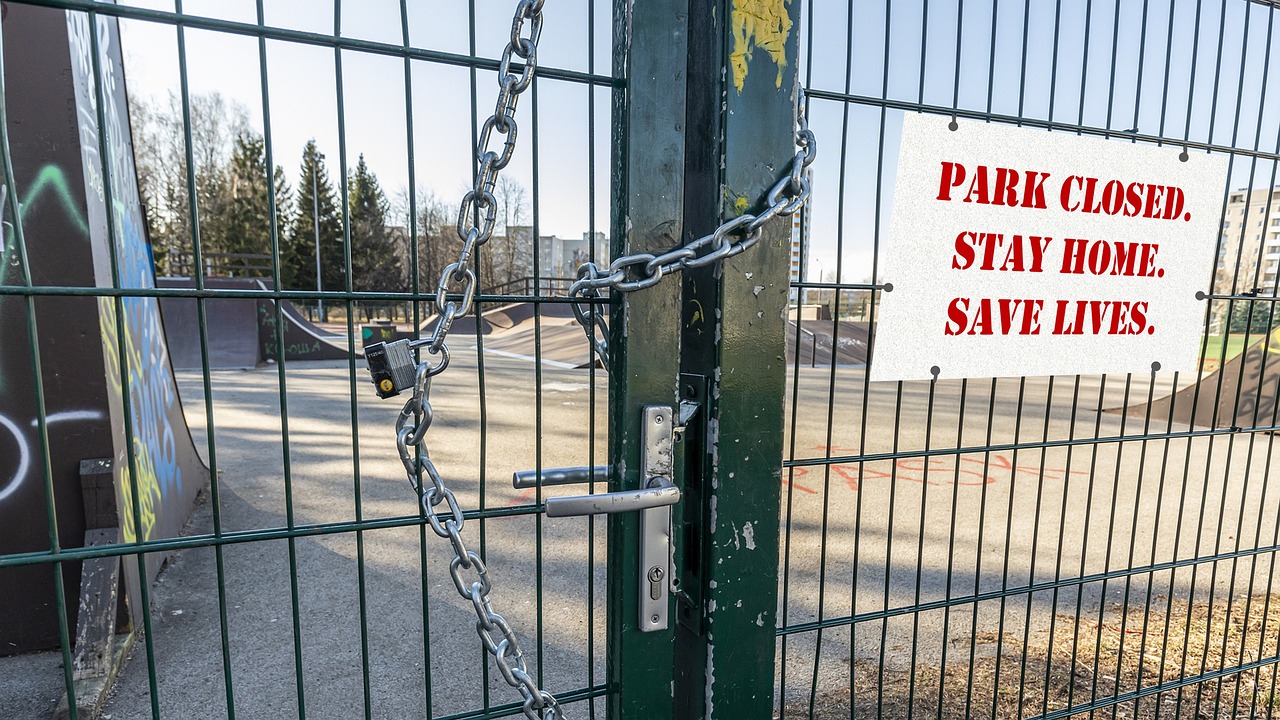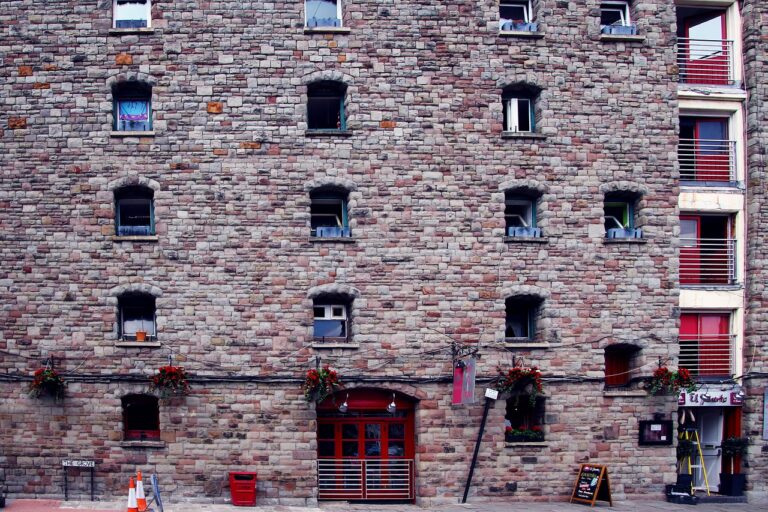Creating a Sustainable Home with Smart Tech
11xplay, india 24 bet login registration, skyiplay:Creating a Sustainable Home with Smart Tech
In today’s world, creating a sustainable home is more important than ever. With the rise of climate change and environmental issues, it’s crucial for us to make changes in our everyday lives to help protect the planet. One way to do this is by incorporating smart technology into our homes.
Smart technology has the power to make our homes more energy-efficient, reducing our carbon footprint and saving us money on utility bills. From smart thermostats to energy-efficient appliances, there are countless ways to incorporate this technology into our homes. In this article, we’ll explore how you can create a sustainable home with the help of smart tech.
1. Smart Thermostats
One of the easiest ways to make your home more energy-efficient is by installing a smart thermostat. These devices can learn your heating and cooling preferences and adjust them accordingly, saving you money on your energy bills. With a smart thermostat, you can also control the temperature of your home remotely, ensuring that you’re not wasting energy when you’re away.
2. Energy-Efficient Lighting
Another way to make your home more sustainable is by using energy-efficient lighting. LED light bulbs use significantly less energy than traditional incandescent bulbs and can last up to 25 times longer. By replacing your old light bulbs with LEDs, you can lower your energy consumption and reduce your carbon footprint.
3. Smart Appliances
Smart appliances, such as refrigerators, dishwashers, and washing machines, are another great way to make your home more sustainable. These appliances are designed to be more energy-efficient, using less water and electricity than their traditional counterparts. By investing in smart appliances, you can reduce your household’s energy consumption and save money in the long run.
4. Solar Panels
For those looking to take their sustainability efforts to the next level, installing solar panels on your home can be a great option. Solar panels harness the power of the sun to generate electricity, allowing you to reduce your reliance on the grid and lower your energy bills. While the initial cost of solar panels may be high, the long-term savings and environmental benefits make them a worthwhile investment.
5. Smart Home Automation
Smart home automation systems can help you make your home more sustainable by allowing you to control various devices and appliances remotely. With a smart home system, you can schedule your lights and thermostats to turn on and off at specific times, ensuring that you’re not wasting energy when you’re not home. You can also monitor your energy usage in real-time, helping you identify areas where you can make changes to reduce your consumption.
6. Water-Saving Devices
In addition to energy efficiency, it’s important to consider water conservation when creating a sustainable home. Water-saving devices, such as low-flow showerheads and faucets, can help you reduce your water usage and lower your utility bills. These devices are easy to install and can make a significant impact on your home’s sustainability.
7. Green Roof
For those looking to make a bold statement with their sustainability efforts, installing a green roof can be a great option. Green roofs are covered in vegetation, which helps to absorb rainwater, reduce heat buildup, and improve air quality. They also provide insulation, helping to lower heating and cooling costs. While a green roof may require more maintenance than a traditional roof, the environmental benefits make it a worthwhile investment.
FAQs
Q: How can smart technology help me save money on my energy bills?
A: Smart technology, such as smart thermostats and energy-efficient appliances, can help you reduce your energy consumption and save money on your utility bills. These devices can learn your preferences and adjust them accordingly, ensuring that you’re not wasting energy when you’re not home.
Q: Are smart appliances worth the investment?
A: While smart appliances may have a higher upfront cost than traditional appliances, the long-term savings and environmental benefits make them a worthwhile investment. Smart appliances are designed to be more energy-efficient, using less water and electricity than their traditional counterparts.
Q: How can I monitor my energy usage in real-time?
A: Smart home automation systems can help you monitor your energy usage in real-time, allowing you to identify areas where you can make changes to reduce your consumption. These systems can also help you schedule your devices and appliances to turn on and off at specific times, ensuring that you’re not wasting energy.
In conclusion, creating a sustainable home with smart technology is not only beneficial for the environment but also for your wallet. By incorporating smart thermostats, energy-efficient lighting, smart appliances, solar panels, smart home automation, water-saving devices, and green roofs into your home, you can reduce your carbon footprint and save money on your utility bills. With the rise of climate change, now is the time to make a change and embrace sustainable living with the help of smart tech.







